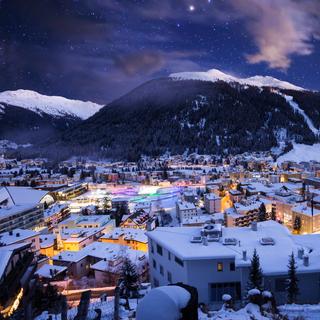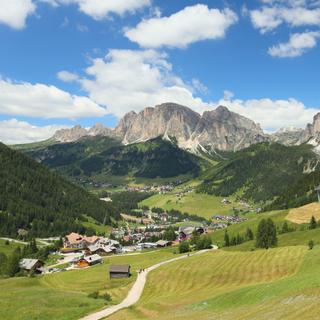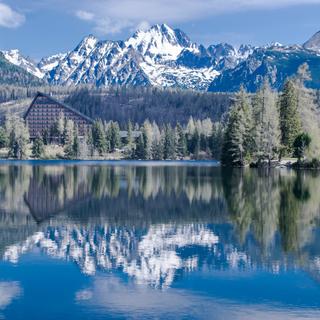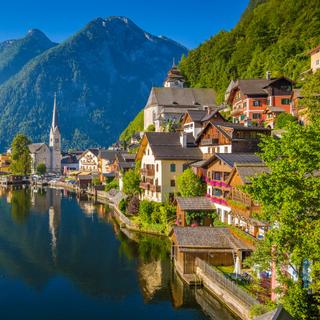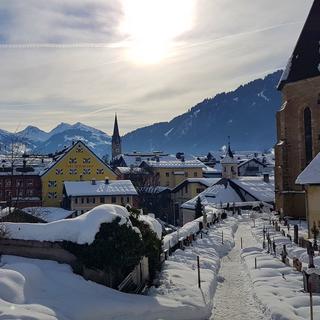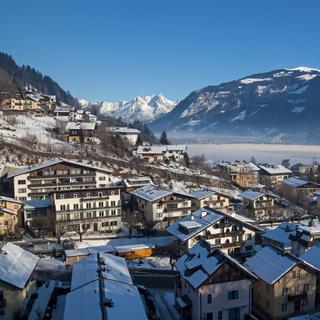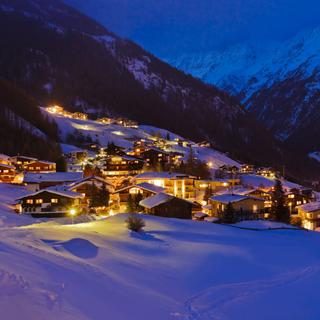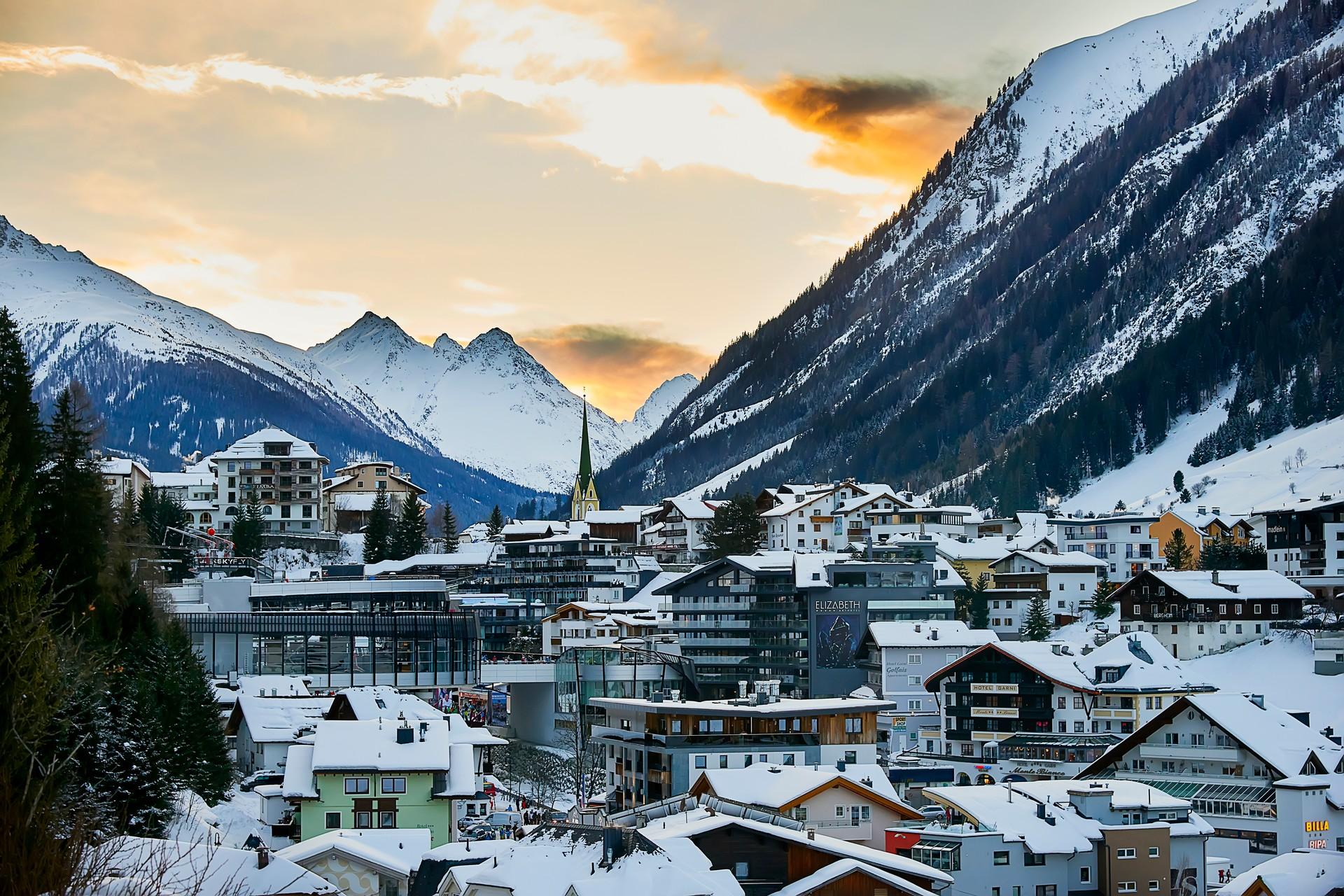
Ischgl weather and climate in 2025

Ischgl weather and climate in 2025
Day
-2 °C
Night
-9 °C
Precipitation
69 mm
in month
Rainy days
12 days
in month
Daylight
9 hours
average
Sunshine
4 hours
average
Humidity
70 %
Weather charts for Ischgl
Destinations nearby and activities
Destinations nearby
Activities in Ischgl

Find more destinations like this
Destinations with similar weather to Ischgl
Other destinations in Alps - Austria
Closest cities for Ischgl
Weather overview for Ischgl
Weather overview
Ischgl (Austria) is a place with a cold climate. The day temperatures range from -2 °C (28 °F) in February to 16 °C (61 °F) in July. The driest month is October with just 11 days of rain, on the contrary, the month when it rains the most is June with 17 days of rain. The highest night temperatures could be experienced in July with 8 °C (46 °F), the lowest in February with -10 °C (15 °F).
January weather
The descent of the day temperature can be observed, with its value being -2 °C (28 °F) in Ischgl, and the night temperature descents similarly to the previous month too. The rainfall amount starts to descent in January.
February weather
The number of rainy days starts to descent, the value of this measure is 11 days in Ischgl, while the minimum of the rainfall amount is observable, the value of this measure is 61 mm (2.38 in). The day temperature reaches its minimum, the value of this measure is -2 °C (28 °F), and the minimum of the night temperature is observable as well, its value is -10 °C (15 °F). The beginning of the rise of the number of sun hours (without clouds) could be noticed, with its value being 4 hours.
March weather
The day temperature starts to rise, with its value being 1 °C (34 °F) in Ischgl, and the beginning of the rise of the night temperature could be noticed too, with its value being -6 °C (21 °F). The number of rainy days rise's start could be observed, and the beginning of the rise of the rainfall amount could be noticed too, the value of this measure is 75 mm (2.97 in). The wind speed is on its maximum, with its value of 3.
April weather
The beginning of the descent of the rainfall amount could be noticed, with its value being 67 mm (2.63 in) in Ischgl. The night temperature rises similarly to the previous month, its value is -2 °C (28 °F), and the day temperature rises similarly to the previous month as well.
May weather
The day temperature continues to rise, the value of this measure is 10 °C (51 °F) in Ischgl, and the night temperature continues to rise as well, its value is 2 °C (36 °F). The beginning of the rise of the rainfall amount could be noticed, with its value of 98 mm (3.84 in), and the number of rainy days starts to rise too in May. The beginning of the rise of the number of sun hours (without clouds) could be noticed, its value is 5 hours.
June weather
The wet season is at its beginning in Ischgl. The rise of the day temperature can be observed, its value is 14 °C (57 °F), and the night temperature rises similarly to the previous month too, the value of this measure is 5 °C (42 °F). The maximum of the number of rainy days can be noticed, while the rise of the rainfall amount can be observed, its value is 119 mm (4.68 in). The maximum of the day length is observable, with its value of 16 hours.
July weather
The wet season is close to its peak this month in Ischgl. The day temperature is on its maximum, its value is 16 °C (61 °F), and the maximum of the night temperature is observable too in July. The number of sun hours (without clouds) reaches its maximum in July. The rainfall amount is on its maximum, with its value of 135 mm (5.32 in).
August weather
The beginning of the descent of the day temperature could be noticed, with its value of 16 °C (60 °F) in Ischgl. The tourist season slowly starts. The minimum of the wind speed can be noticed, with its value of 2. The ongoing wet season is noticeable.
September weather
The tourist season is close to its peak in September in Ischgl. The descent of the day temperature can be observed, its value is 12 °C (53 °F), while the night temperature descent's start could be observed. The rainfall amount descent's start could be observed, its value is 95 mm (3.73 in), and the number of rainy days descent's start could be observed as well, with its value being 13 days.
October weather
The descent of the day temperature can be observed, its value is 8 °C (46 °F) in Ischgl, and the night temperature descents similarly to the previous month as well, its value is 1 °C (33 °F). The number of rainy days is on its minimum, with its value being 11 days, while the rainfall amount descents similarly to the previous month, the value of this measure is 71 mm (2.80 in).
November weather
The day temperature continues to descent, with its value of 2 °C (35 °F) in Ischgl, and the descent of the night temperature can be observed as well, with its value being -4 °C (24 °F). The number of sun hours (without clouds) starts to descent, with its value of 4 hours.
December weather
The descent of the day temperature can be observed, with its value being -1 °C (30 °F) in Ischgl. The number of rainy days starts to rise, with its value being 12 days, and the rainfall amount rise's start could be observed as well in December. The humidity is on its minimum. The day length reaches its minimum in this month. The number of sun hours (without clouds) reaches its minimum, the value of this measure is 4 hours.
FAQs
What is the humidity in May in Ischgl?
In May in Ischgl, expect humidity around 78 %.
How many sunny hours can I expect in Ischgl in June?
There is an average length of sunshine of 5 hours per day in June in Ischgl.
What is the average number of rainy days in July in Ischgl?
In July in Ischgl, we can expect 17 days to be rainy, that is, days when precipitation exceeds 2 mm (0.08 in). Converted to days of the week, this means that it will occur on an average of 4.0 days of the week, or in general - 57 % days.
Is August part of the wet season in Ischgl?
Yes, in August in Ischgl there is a wet season with 17 days, when there is rain in a month.
What is the temperature in Ischgl during the day in September?
The average daily temperature in Ischgl in September is 12 °C (53 °F). Don't forget a sweater and light or normal jacket, but also pack light clothing in case the temperatures are above average. The weather at this time can be somewhat changeable and a wide range of clothing can become handy.
Is October a good month to visit Ischgl?
Ischgl can be visited in October - the weather will be moderate. A relatively low temperature of 8 °C (46 °F) may be ideal for walking or outdoor activities, but some people may have a different idea of the holiday. The night temperature of 1 °C (33 °F) is not inviting for evening and night activities except for visiting a bar and having beer or two.
